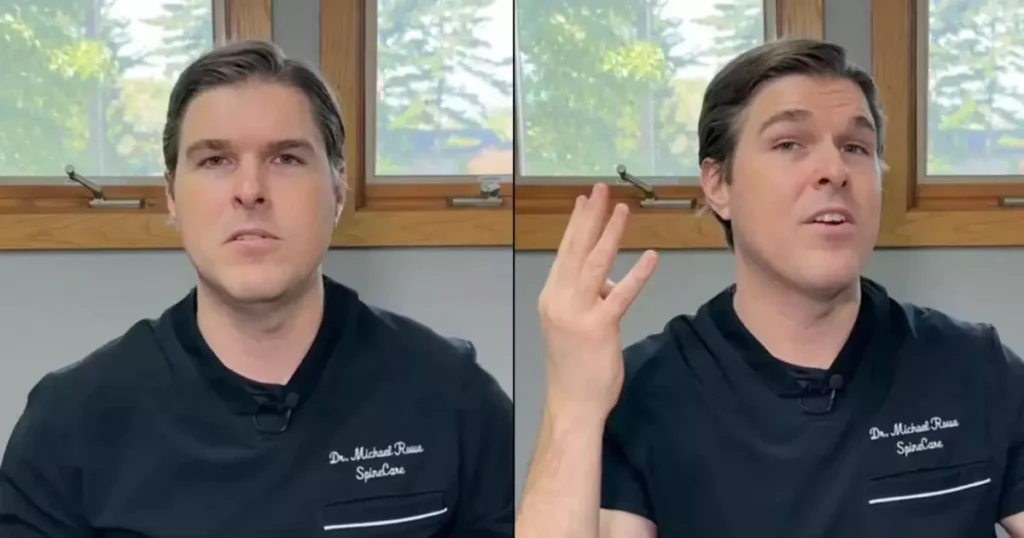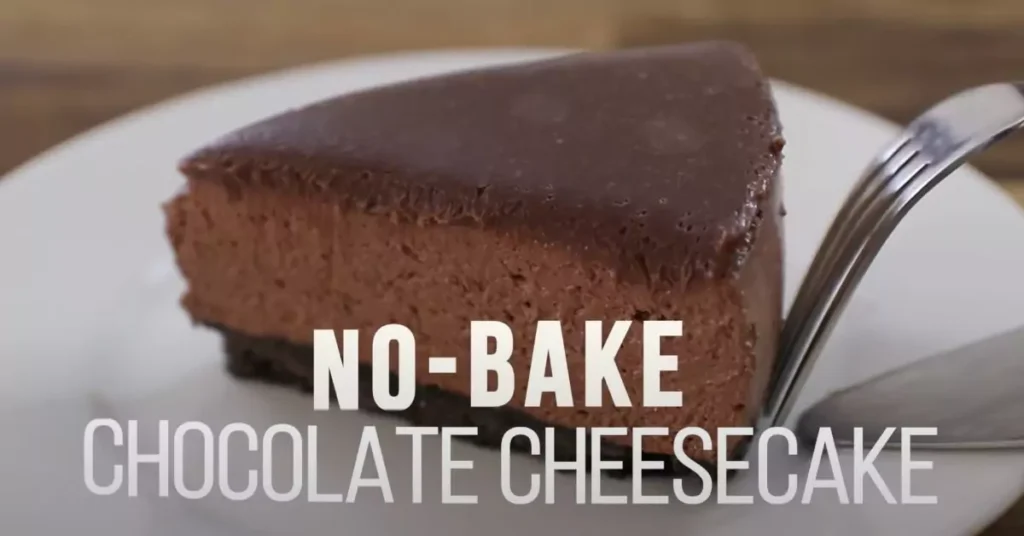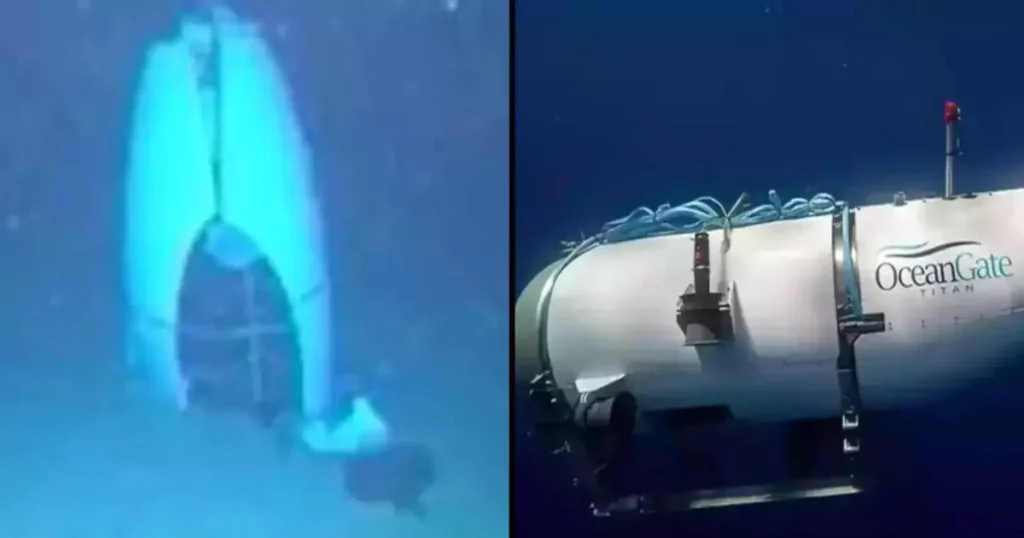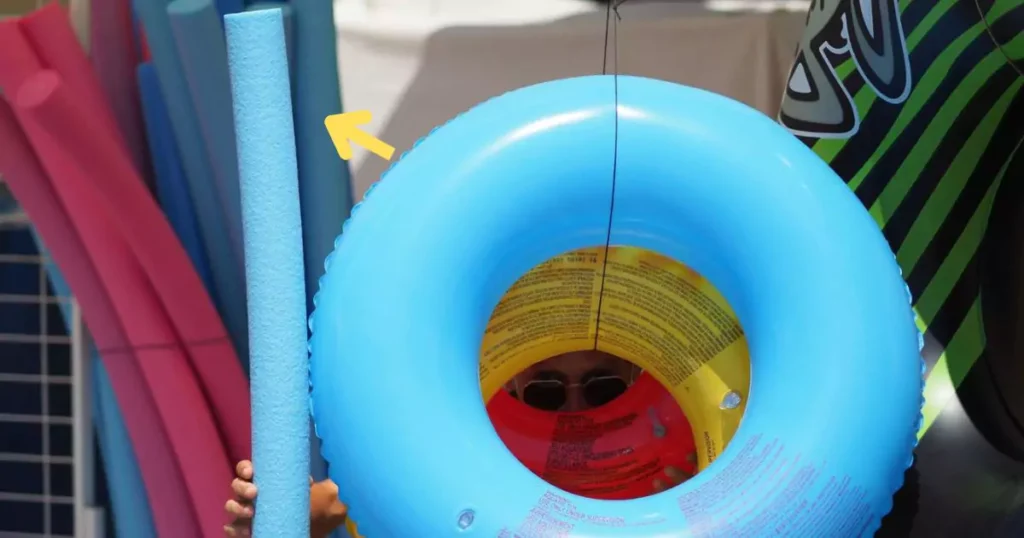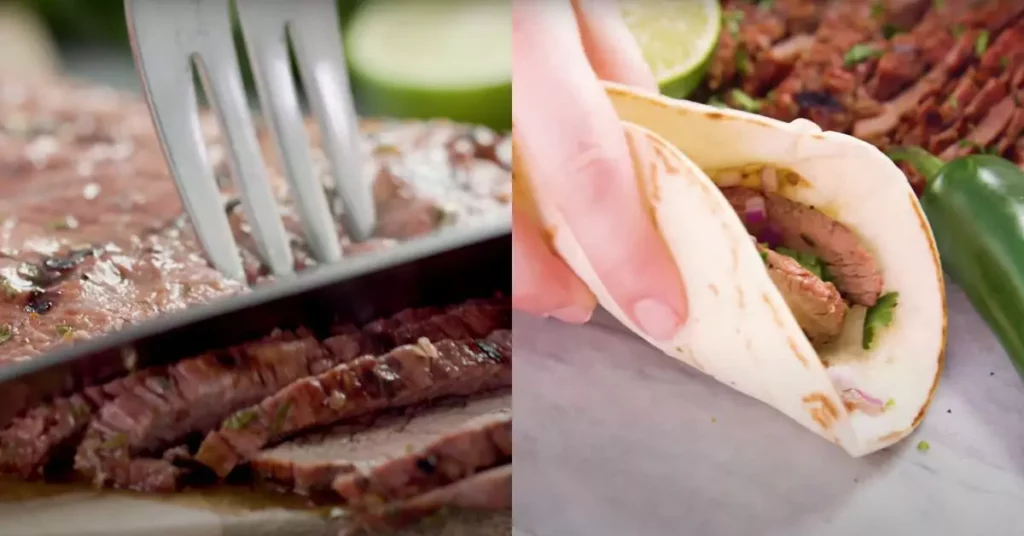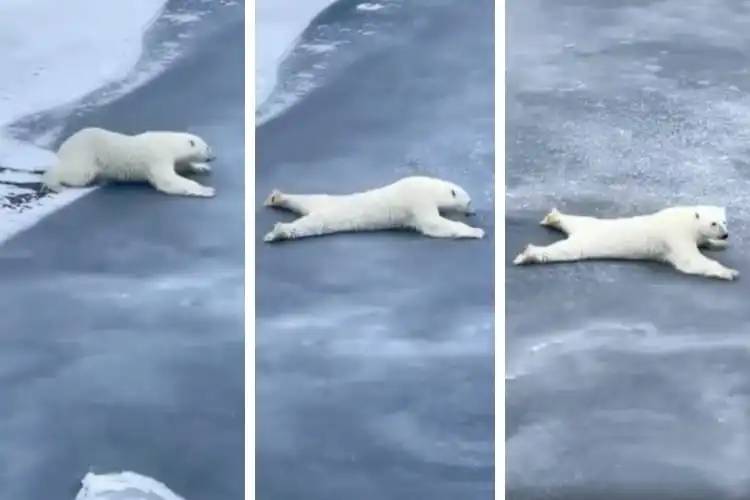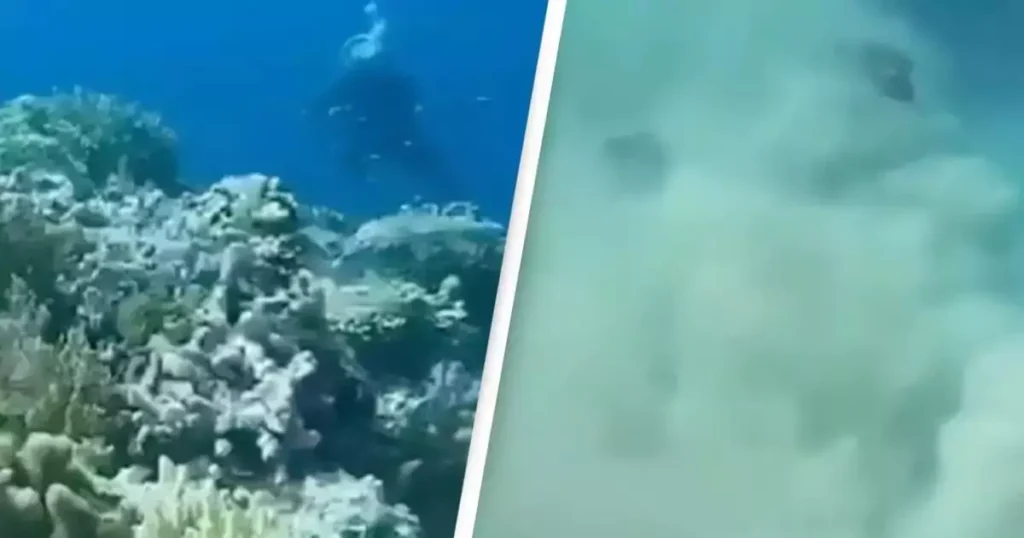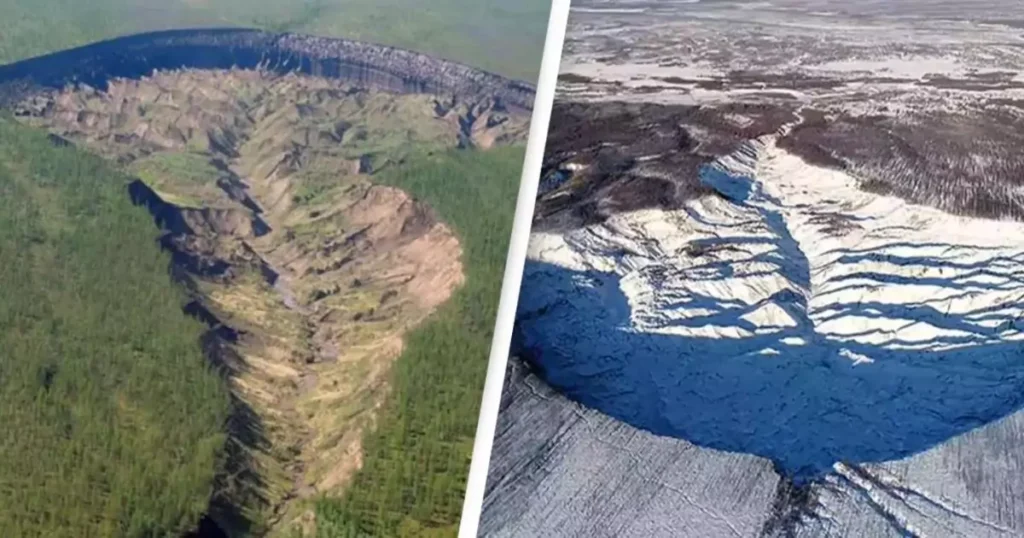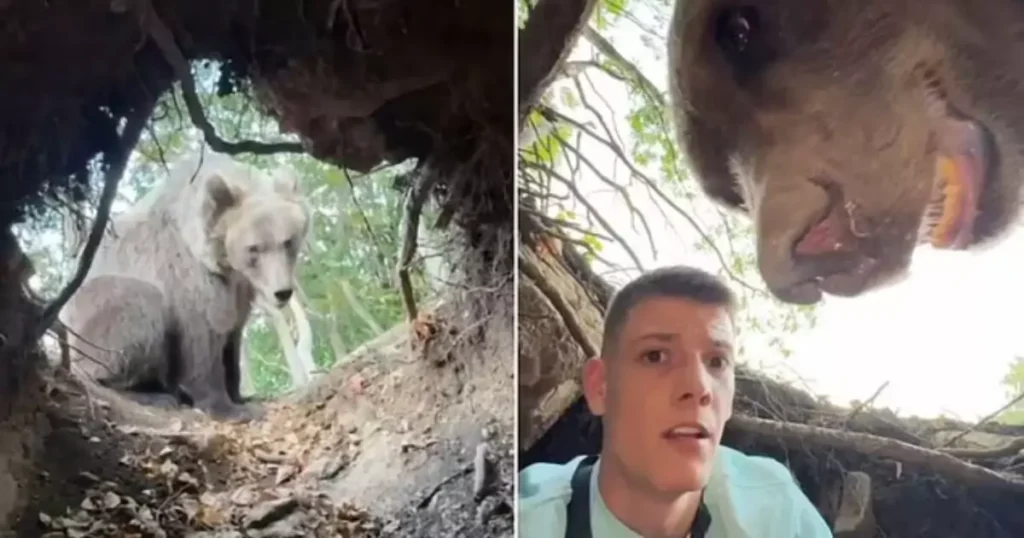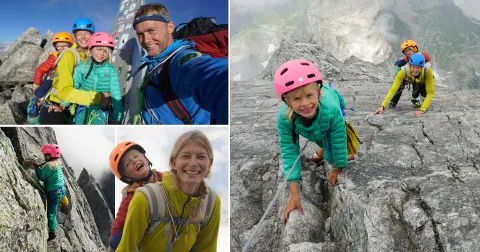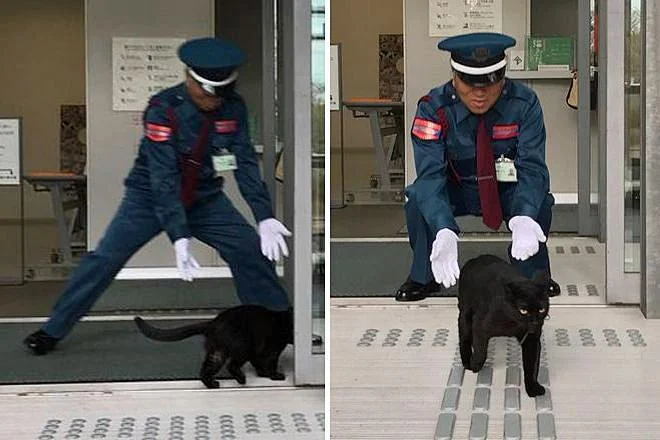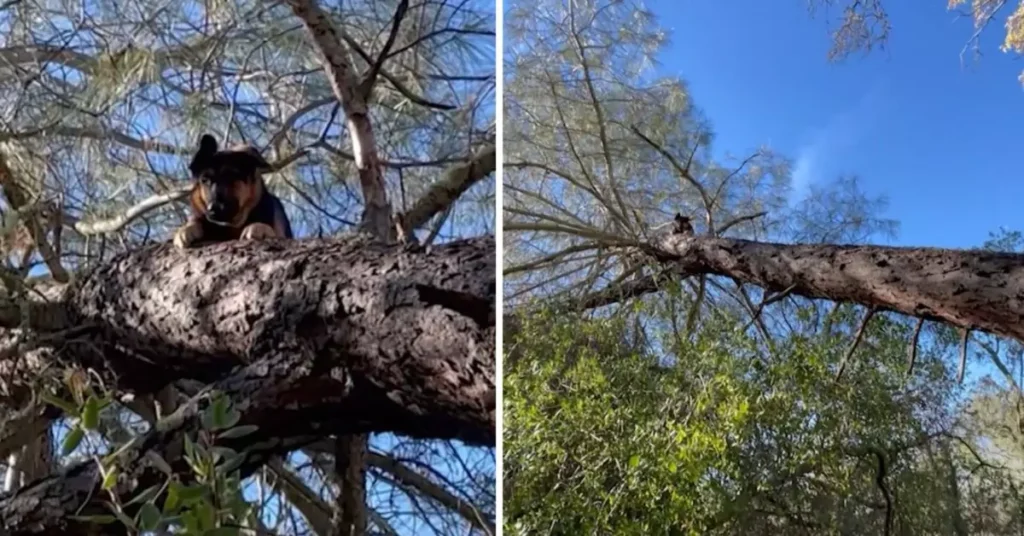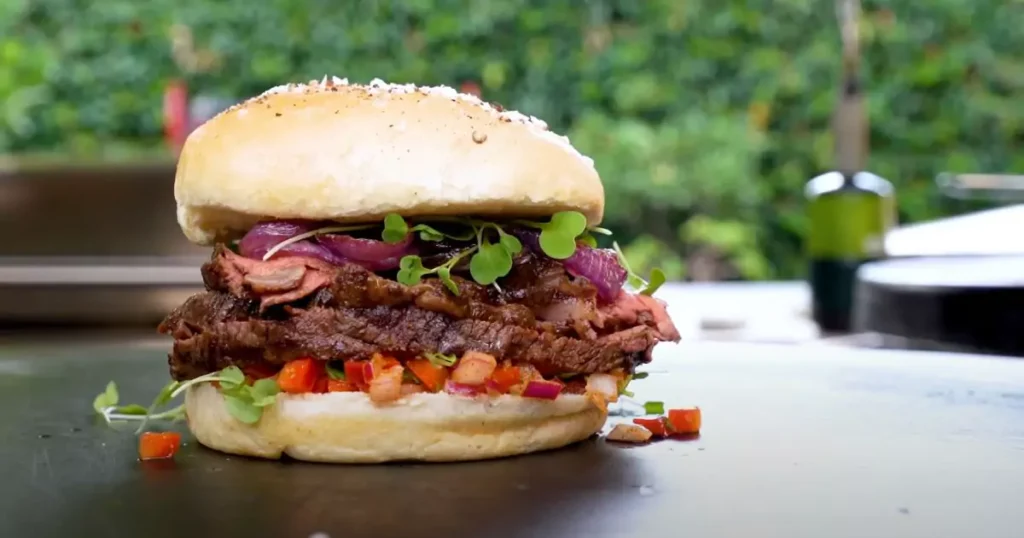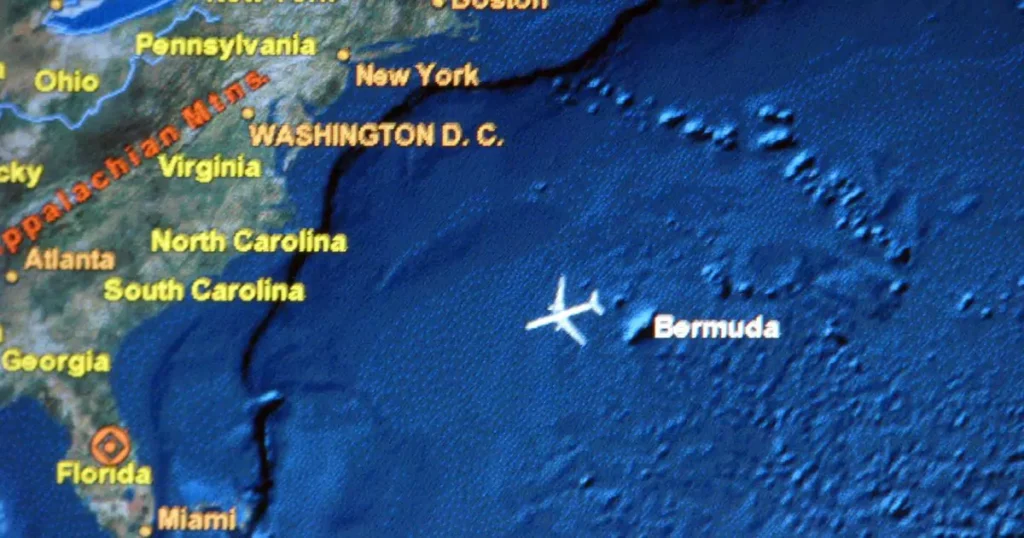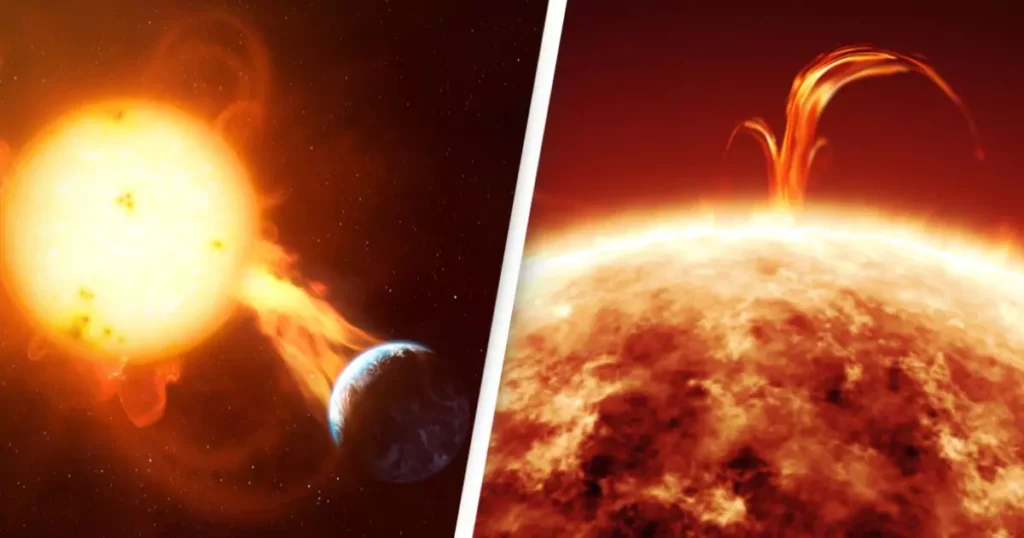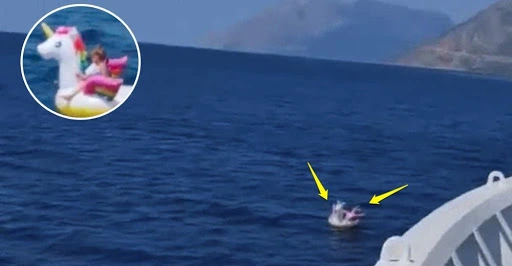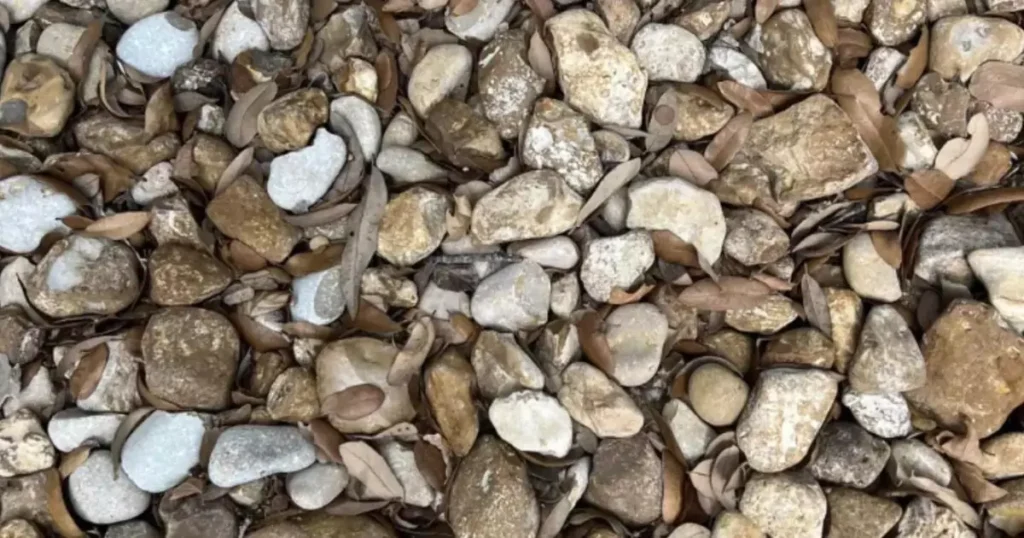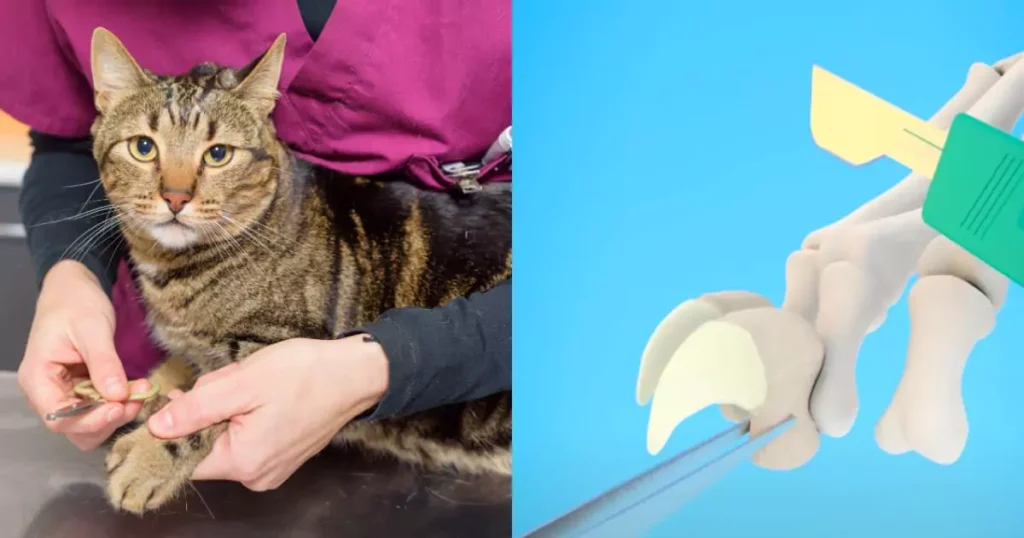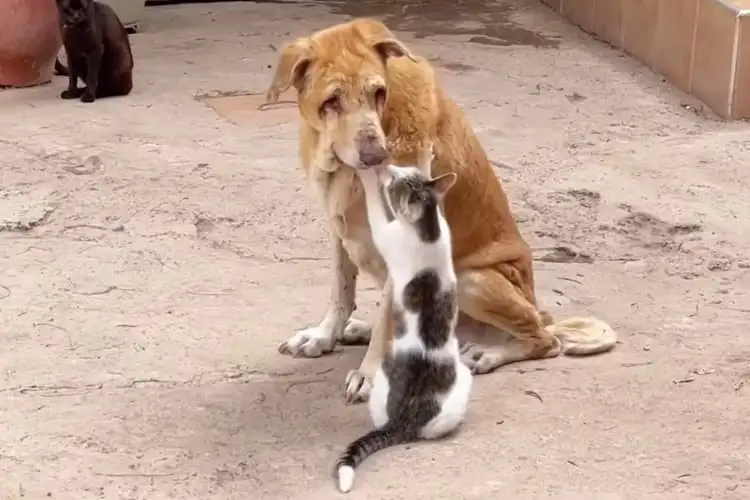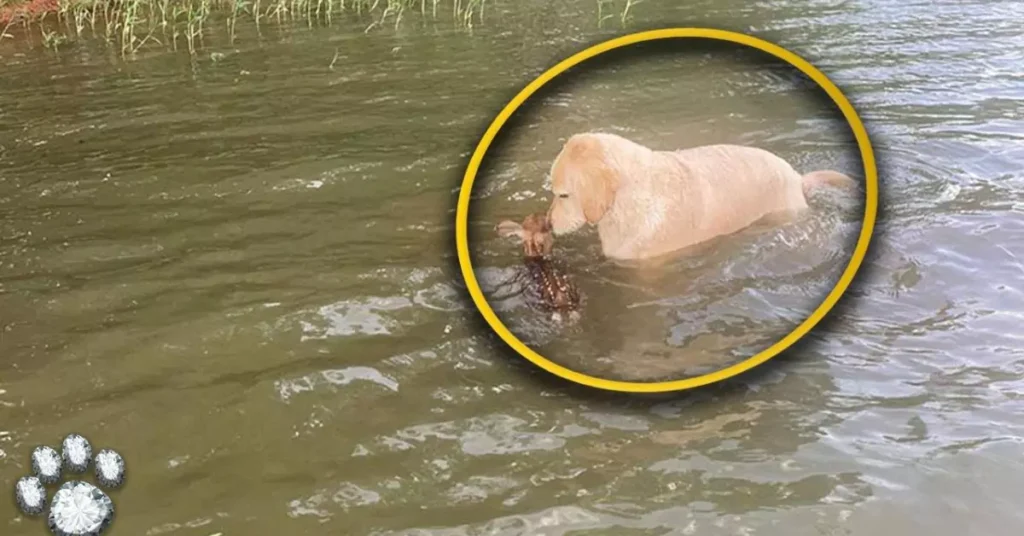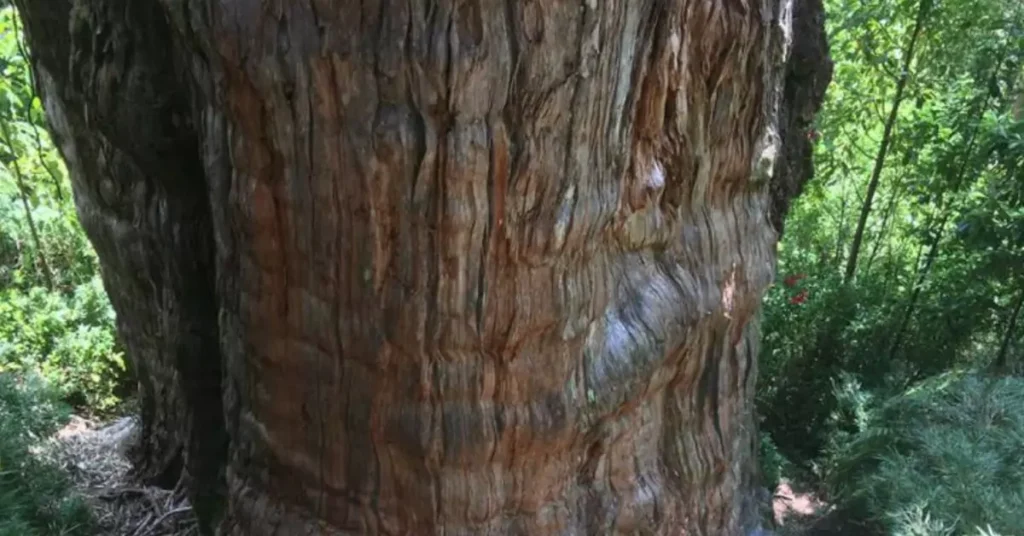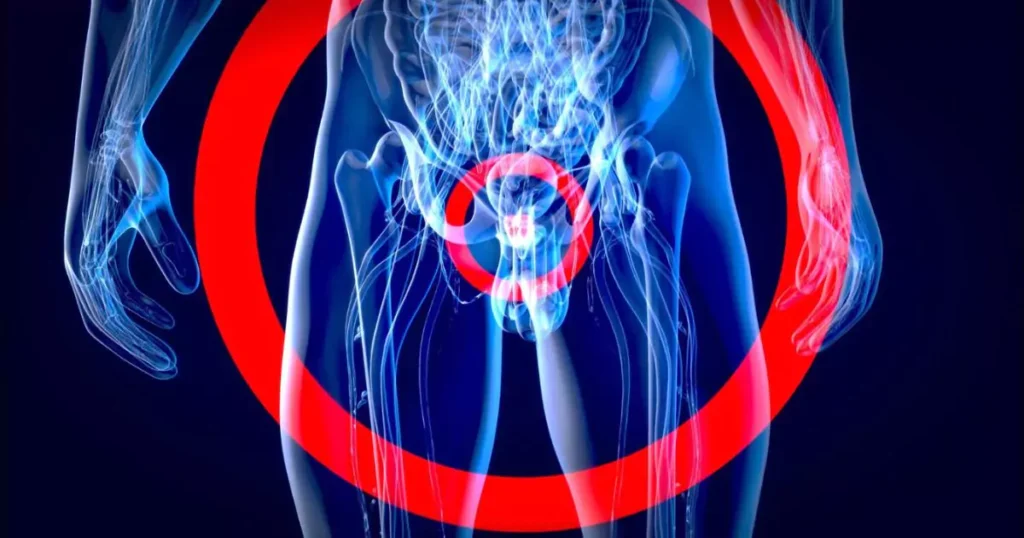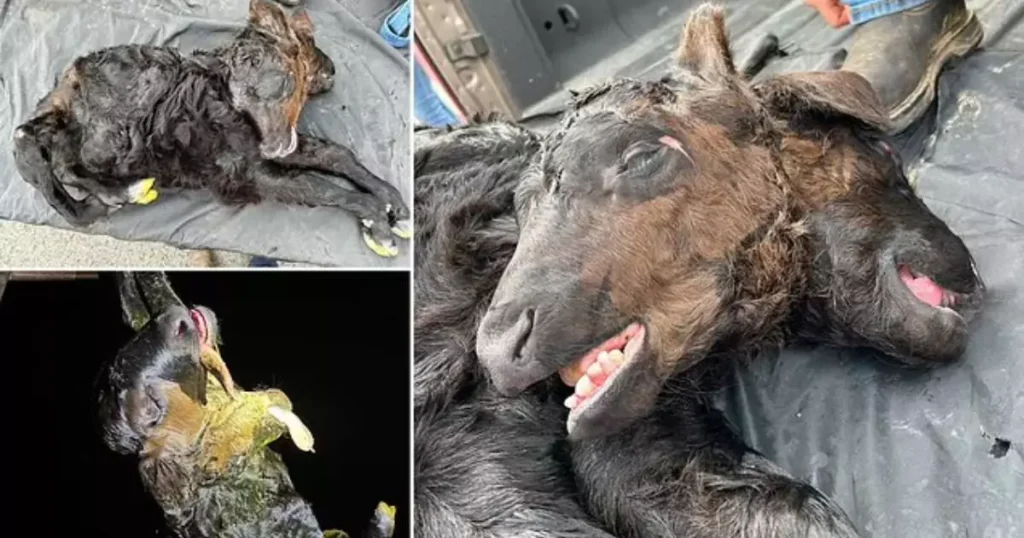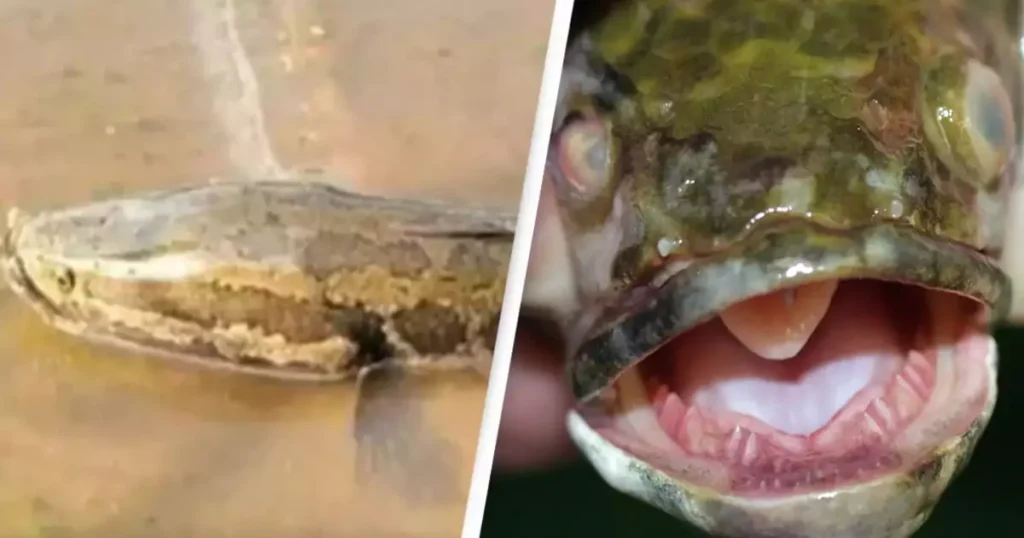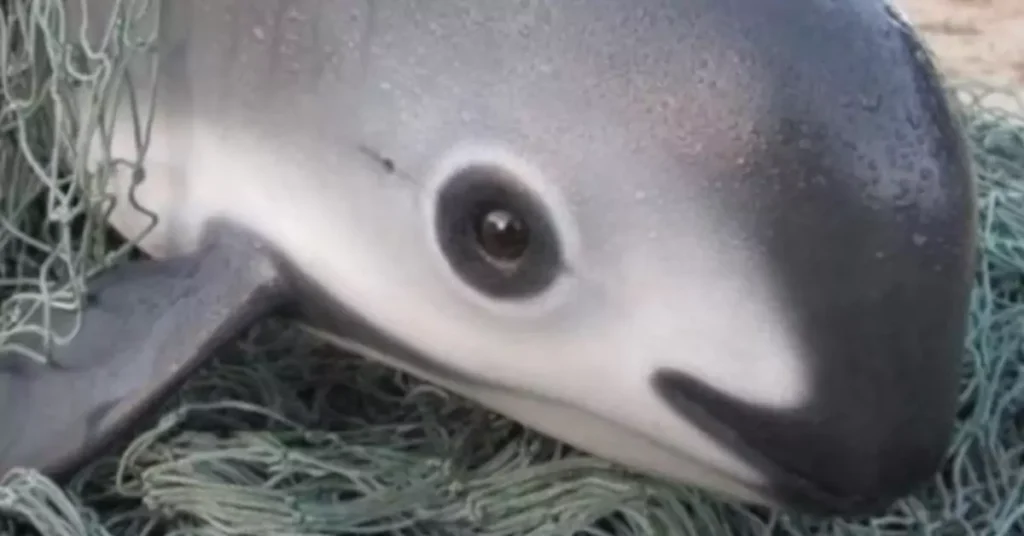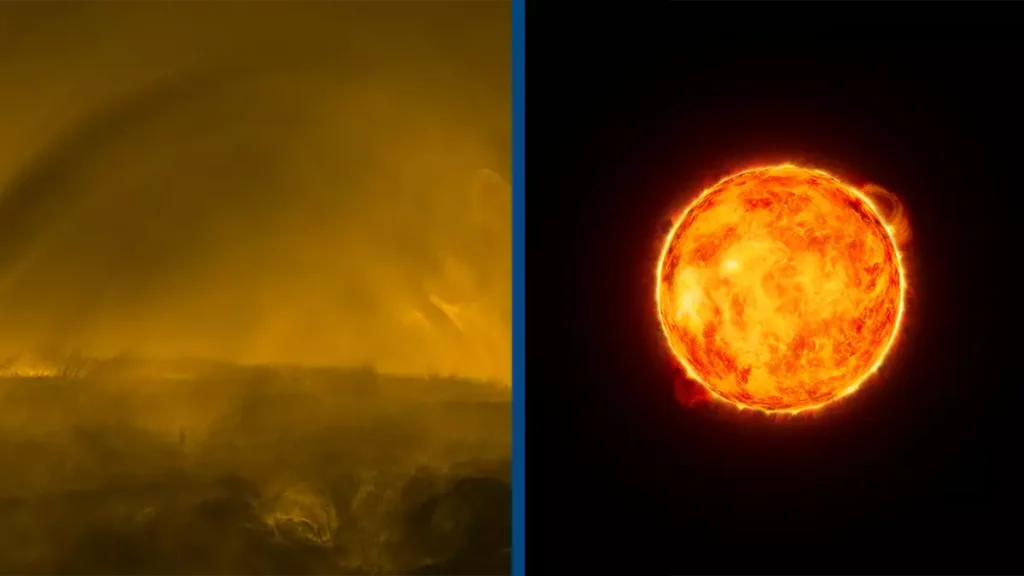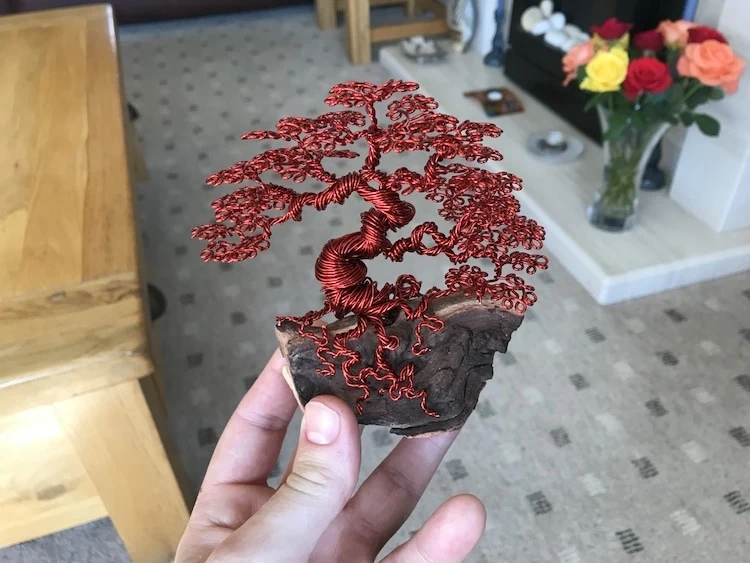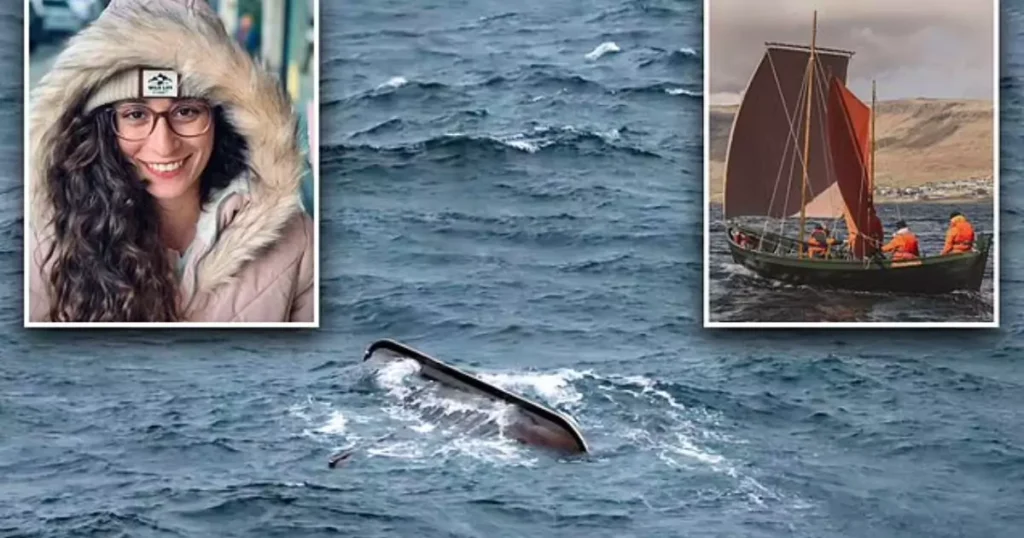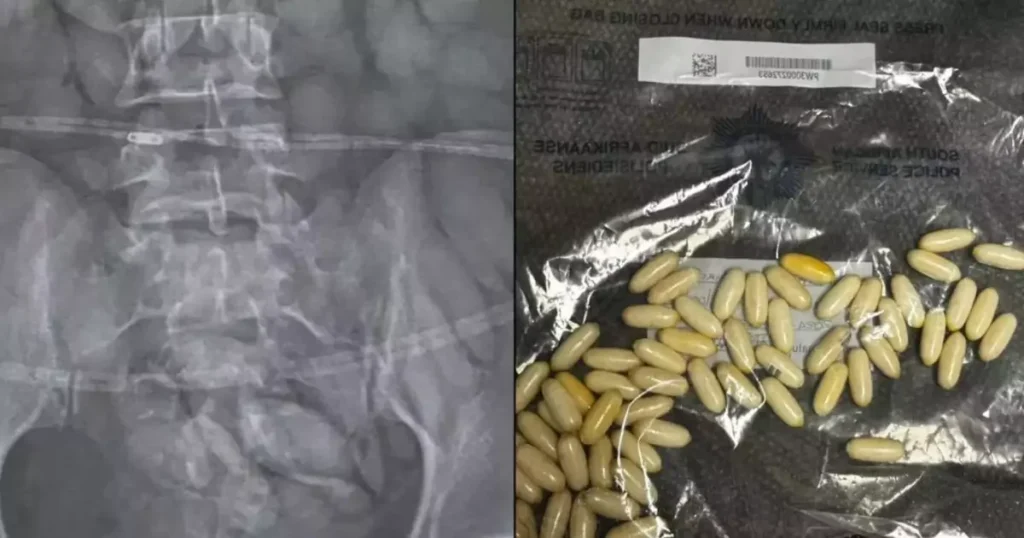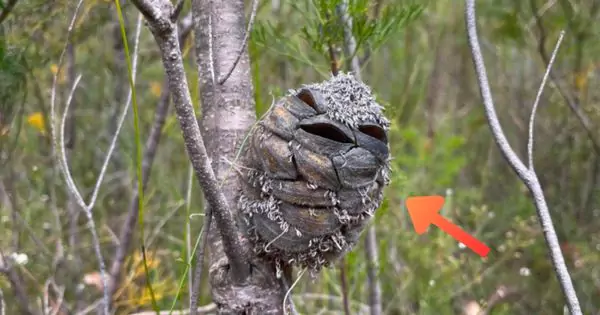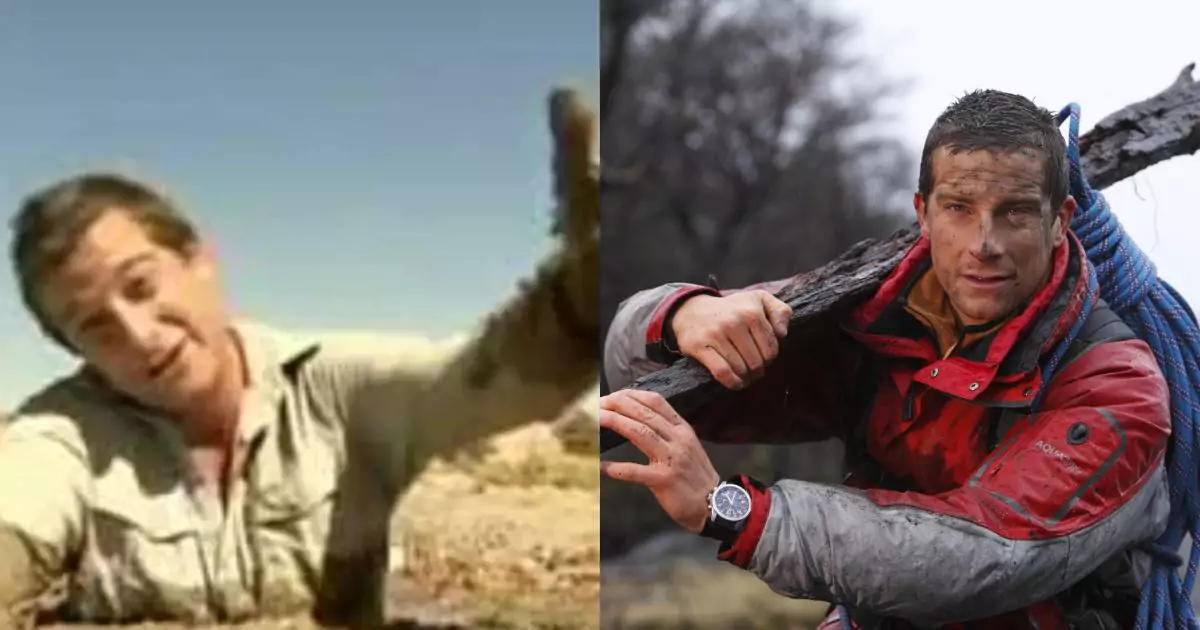
Bear Grylls is famous for his incredible survival skills, having faced and conquered some of the toughest environments on Earth. From surviving extreme conditions while climbing Mount Everest to crossing dangerous jungle terrain, Grylls has shown that he knows how to survive when it matters most. One of his most impressive demonstrations was escaping from quicksand. This unforgettable moment not only showcased his survival abilities but also provided a valuable lesson for anyone who might one day find themselves in a similar situation.
In this article, we’ll take a deep dive into the step-by-step method Bear Grylls used to escape quicksand, how quicksand forms, and why staying calm is the most crucial factor in escaping.
What Is Quicksand, and Why Is It So Dangerous?
Quicksand forms when sand becomes saturated with water, creating a thick, liquefied mixture. It usually appears near riverbanks, coastal areas, or desert springs. Quicksand can look solid, but when someone steps onto it, it behaves like a liquid. This results in the person or object slowly sinking into the ground. Despite what Hollywood often portrays, quicksand rarely pulls people under completely. The real danger of quicksand is the difficulty in escaping. If you move too much, quicksand will only hold you tighter.
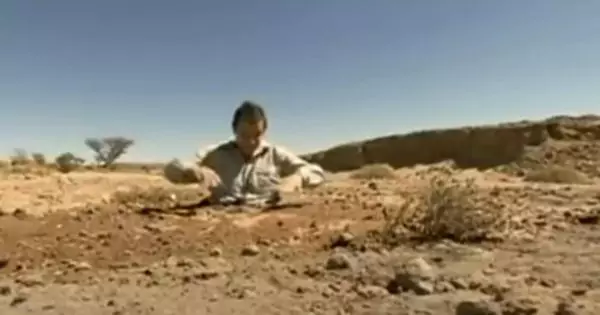
Common Misconceptions About Quicksand
Many people think quicksand can pull you entirely under, but that’s a myth. Quicksand is denser than the human body. This means that sinking completely is nearly impossible. The actual danger lies in getting stuck. Without proper knowledge of how to escape, you can become exhausted. In remote locations, like deserts, exhaustion and dehydration pose serious risks.
Bear Grylls’ Quicksand Survival Technique
During an episode of Man vs. Wild, Bear Grylls showed how to escape from quicksand. Filming in the North African desert, he sank into quicksand up to his chest. Despite this dangerous situation, he remained calm and explained the steps needed to escape. Let’s break down the method he used.
Step 1: Stay Calm and Don’t Struggle
The most critical thing to remember is to stay calm. Grylls emphasized this because panic leads to struggling. And the more you struggle, the deeper you sink. Struggling also uses up energy, which can become life-threatening, especially in extreme environments like the desert. Instead of panicking, stop moving. Assess your surroundings and take slow, deep breaths. This will help conserve your energy.
Step 2: Float, Don’t Fight the Quicksand
One of the key takeaways from Grylls’ demonstration was that quicksand is twice as dense as your body. This makes it impossible to drown unless you panic. Grylls showed that the best way to escape is by floating. Rather than trying to lift your legs out of the quicksand, which increases the suction, try to bring your chest and upper body to the surface. Spread out your weight to float.
Leaning back slightly helps you stay on top of the quicksand. By doing this, you use your body’s natural buoyancy. You don’t need to fight against the quicksand’s pull; instead, let your body rise to the surface slowly.
Step 3: Use the “Monkey Crawl” Technique
Once your torso is floating on top of the quicksand, the next step is the “monkey crawl.” Bear Grylls demonstrated this clever technique by moving one leg at a time out of the quicksand. He showed how to inch forward using slow, deliberate movements. The goal is to evenly distribute your weight as you crawl forward on your stomach.
This movement helps prevent you from creating more suction. It’s a slow process, but by keeping your weight spread out, you gradually free yourself from the quicksand.
Step 4: Protect Yourself from the Elements
After escaping quicksand, your next priority should be protecting yourself from the environment. If you’re in a desert, like Grylls was, dehydration and sun exposure become serious threats. Grylls advised looking for shade immediately to avoid the risk of heat exhaustion. He also mentioned that clothing filled with grit from the quicksand can cause chafing. Sand in your clothes can rub your skin raw, leading to infections or blisters. To avoid this, strip off your grit-coated clothing as soon as you can and try to clean yourself.
Grylls pointed out that the combination of sand, sweat, and heat can cause rashes, infections, or boils. So, it’s essential to clean off as much grit as possible before moving on.
Why Bear Grylls’ Method Works
Bear Grylls’ survival methods are effective because they work with nature, not against it. His quicksand escape technique is based on the principle that you can’t fight quicksand directly. Instead, you must work with its properties. By staying calm, floating on your back, and crawling out slowly, you reduce the force of the quicksand’s suction and increase your chances of survival.
Understanding the Science Behind Quicksand
The key to escaping quicksand lies in understanding its makeup. Quicksand is a colloid—a mixture of water, sand, and clay. It looks solid but behaves like a liquid when pressure is applied. When you step into quicksand, the water inside separates from the sand particles, reducing the surface tension. This creates suction. By staying calm and floating, you distribute your weight and minimize the pressure, allowing you to rise to the surface.
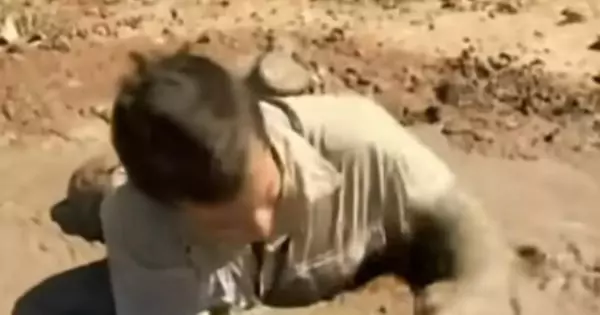
What Happens If You Panic?
Panic is one of the greatest enemies in survival situations, and quicksand is no different. When people panic, they struggle. This makes it harder to escape and causes them to sink deeper. In survival scenarios, conserving energy is essential. If you panic, you burn through energy quickly, putting yourself at greater risk. Furthermore, panic leads to poor decision-making, which can make the situation worse.
If you panic while stuck in quicksand, you risk exhausting yourself and becoming dehydrated. Worse yet, you may sink deeper into the quicksand, making escape even more challenging. The key is to remain calm, control your breathing, and think through your actions before making any moves.
Additional Survival Tips from Bear Grylls
Bear Grylls has faced some of the most hostile environments in the world. His advice extends beyond just escaping quicksand. Here are a few more tips that he recommends for surviving extreme conditions:
- Hydration Is Key: In desert environments, dehydration can quickly become deadly. If you escape quicksand, finding water should be your next priority.
- Avoid Overheating: The sun can be as dangerous as the quicksand itself. Once free, find shade to prevent heat exhaustion and avoid heatstroke.
- Keep Your Skin Clean: Sand and grit from quicksand can cause serious skin infections. As soon as possible, clean off the sand and remove any grit from your clothing.
- Stay Calm in Every Situation: Whether you’re stuck in quicksand, lost in a jungle, or stranded in the mountains, keeping a calm mind is key to survival. Always take a moment to assess your situation and plan your next move before acting.
Survive Quicksand Like Bear Grylls
Bear Grylls has shown the world how to survive in some of the most hostile conditions on Earth. His quicksand escape method is just one example of his practical, science-based approach to survival. By staying calm, floating to the surface, and using slow, controlled movements, you can avoid sinking deeper into quicksand and escape safely.
Though quicksand might not be a common threat for most people, knowing how to survive in such situations is a valuable skill. Whether you’re an adventurer or just someone who enjoys spending time outdoors, Bear Grylls’ advice can help you stay safe. Remember, the key to survival is always remaining calm and thinking before you act.
By following Grylls’ quicksand survival method, you’ll have the best chance of avoiding disaster and living to tell the tale.

